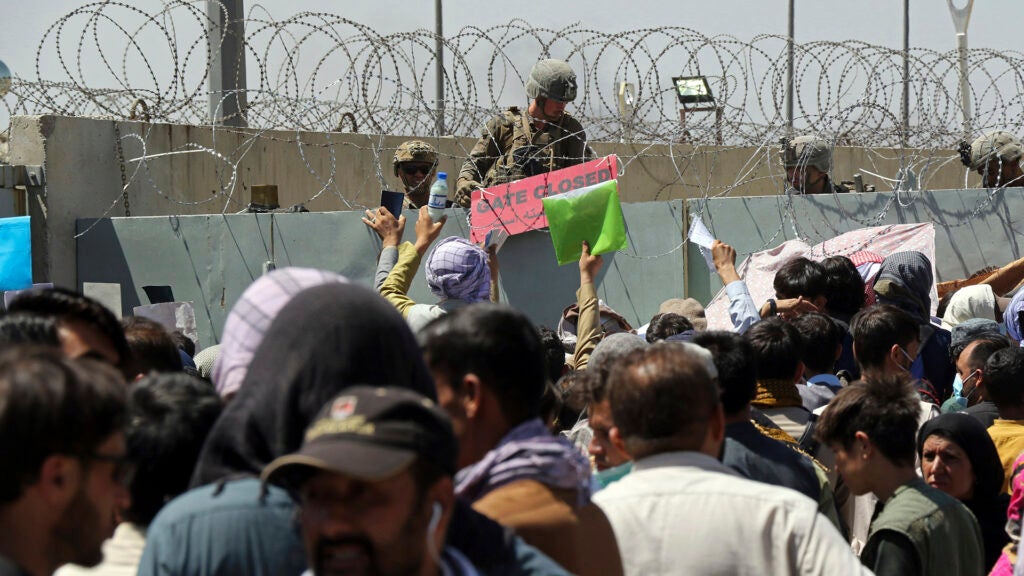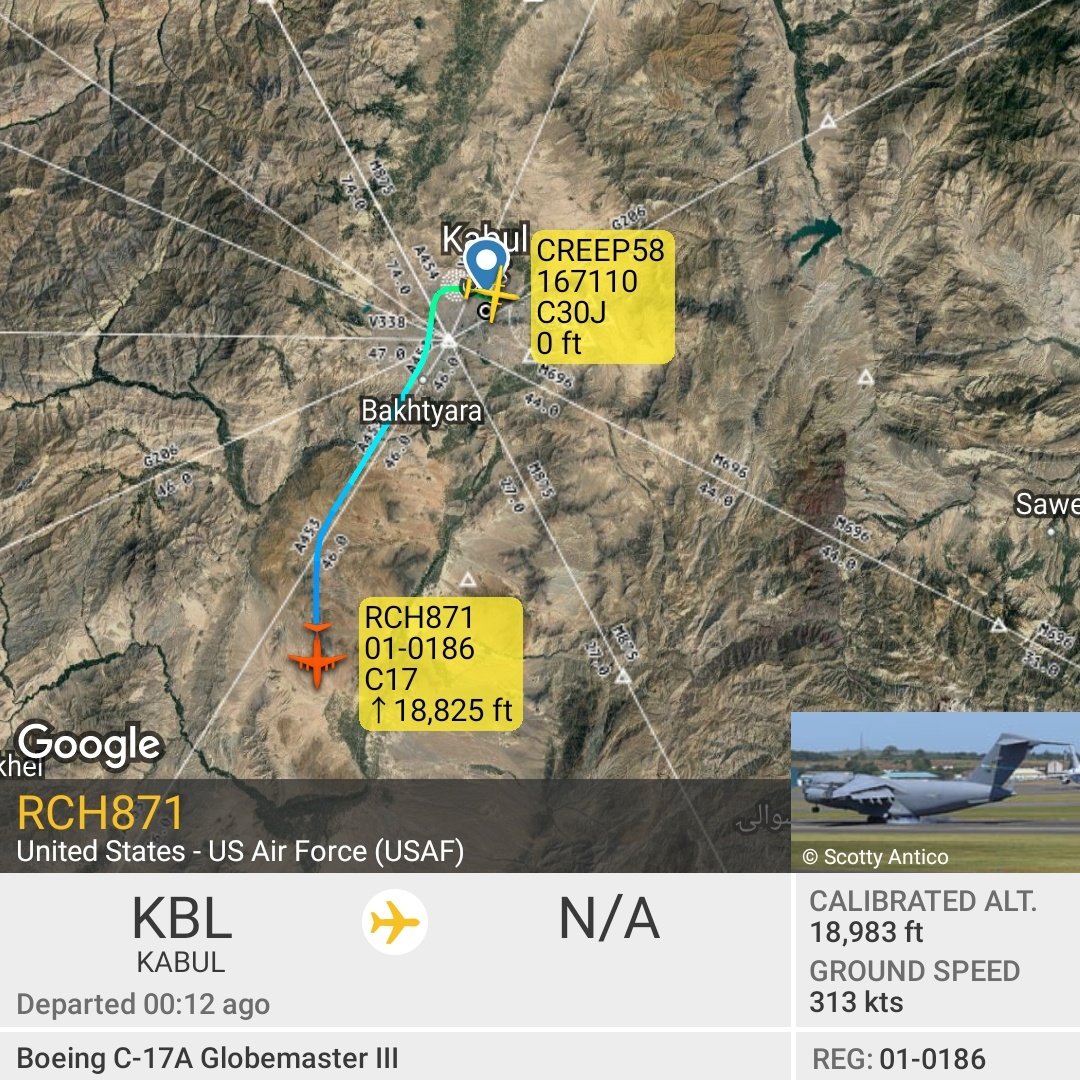
“The worst thing I think we had to do was turn people away. Hirsch was left with a traumatic brain injury from the explosion. And you knew what was going to happen to them.

At times we had to be the bad guys, to turn people away. “We were given no visual aids, instructions were probably passed through 40 people. “Our job was to find somehow certain passports and what’s legitimate and what’s a green card,” he told the paper. When the time came, however, the job required a different skill set. His entire six-month deployment was spent firing thousands of rounds, preparing for Afghanistan, he said. Hirsch said fellow Marines saw the suspect visit the airport in the days leading to the attack. Hirsch was sent to Afghanistan for the botched evacuation as part of a so-called quick reaction force, ready to be scrambled from their base in Saudi Arabia to any regional hotspot in need. “This conclusion was based upon the careful consideration of sworn testimony of more than 100 witnesses, and especially those witnesses and Observation Towers - both American and British - who were in locations unaffected by the blast, and that had commanding views of the scene before, during and after the explosive attack.” or Afghan,” Marine Corps General Frank McKenzie said in February. “The investigation found no definitive proof that anyone was ever hit or killed by gunfire either U.S. Hirsch also repeated the claim, echoed by others in the immediate aftermath of the attack, that there was a second bomber in the crowd who failed to detonate.Ī Pentagon investigation into the attack disputed those accounts - as well as early reports that the attack involved a number of gunmen - determining the attack was the result of a lone bomber. “We asked for permission and the reply was, ‘Let me get a military judge to see if it’s legal.’” “A friend of mine who was a sniper racked back his rifle and was ready to kill the guy,” Hirsch told the newspaper.

Twitter/ Ahmad Mukhtarīut at least one Marine was confident enough he’d identified the suspected bomber that he radioed for permission to kill him. The explosion killed 13 US service members and 170 Afghan citizens at the airport. The Post could not independently confirm Hirsch’s account, and many civilians approached the Abbey Gate multiple times in their efforts to escape the country ahead of the expected brutality of Taliban rule. He clarified that he did not see the bomber personally. “The day prior and the day during, he’d show up and leave,” said Hirsch, who no longer serves in the Marines. Hirsch said his fellow Marines recognized a man fitting the CIA description approach the airport’s Abbey Gate - where thousands were trying to enter in order to flee the country as their government fell - on multiple occasions prior to the attack. EPA/AKHTER GULFAM Tristan Hirsch claimed the CIA let the Marines know what the suspect looked like.


A Marine claimed that the suicide bomber behind the bombing at the airport in Kabul in 2021 was known by the US for days before the attack. The CIA let us know,” he added about getting the heads up to look out for the suspicious man. 26, 2021, bombing that also left at least 170 Afghans dead. “We knew about him two days prior to the attack,” Tristan Hirsch of Chico, Calif., told his hometown paper, the Enterprise-Record, referring to the Aug. A Marine wounded in last year’s suicide bombing at Kabul’s Hamid Karzai International Airport claims the bomber was spotted near the airport days before the explosion that killed 13 American service members.


 0 kommentar(er)
0 kommentar(er)
